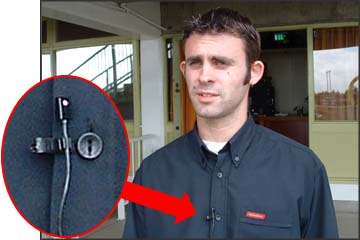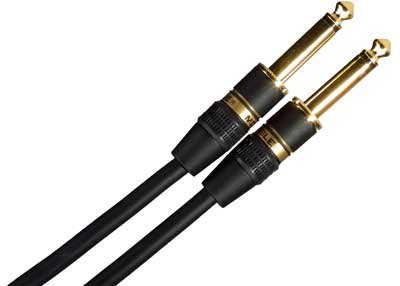We'll start today looking at your resumes and addressing any issues or questions you had from your cover letter/resume session. If you haven't already provided your resume, please email it ASAP so that we can take a look and give you notes by next week!
Next, we'll take a look at your footage from Monday's scavenger hunt. What worked well? What was difficult? How is your White Balance, Exposure, Focus? What are the things you did or didn't like about trying different composition styles?
The one area we haven't looked at from our camera set-up best-practices (W.E.F.A.) is AUDIO. Today, we'll begin looking at just that.
Let's look at a clip from a movie - the sound is pretty complex, but contains a lot of the elements you can expect to see in a film.
(We watched a clip from Mullhulland Drive)
Let's see if we can identify all of the various elements at work here.
Let's watch another (you've probably seen this):
Now check this out - look at how different things once sounded in a scene from the same movie, before any sound work was done:
This difference is due to the world of sound design. Your sound needs are going to be different for every project, but this clip about the sound design and sound creation for Wall-E gives a nice overview of the concepts as well as a pretty good history:
If you're interested, here's another look from the live-action and CGI mash up movie Transformers. A pretty terrible movie, but look how hard they worked on sound:
- Voice/Dialogue
- Sound FX
- Background/Environment sound
- Music
Typically, the most critical thing to capture well during production is the voice or dialogue. But for each project you need to identify what elements are going to be captured during production, and what sound elements will be added later. Thinking about sound is of major importance to your project - in the same way that you need to think about your camera composition and movement and consider how the choices you make for each of those will dictate the emotion and clarity of your piece, sounds and music are just as provocative and important to the final product.
Let's discuss how each element ends up in the final product and what effect your choices have:
Dialogue:
- Location recording + Microphone choices – shotgun mics, boom operation, hidden mics, lavs, etc.
- Automated Dialogue Replace (ADR) recording
- Partially recorded on location – capturing room tones, additional location sound capture
- Sound library resources
- Capturing environment sound after the fact
- Why it’s important to not record in crowded/loud environments, especially as it pertains to cutting scenes together (no music playing, people talking, etc)
- Some recorded on location, but not often used in the final edit
- Recreated in post using Foley methods
- Added in with Sound FX Library
- Almost never recorded on location
- Diagetic vs. Non Diagetic
- Can be emotionally didactic/heavy handed
Let's look at some of the tools available to you for capturing sound:
- Microphones:
- Shotgun microphone and proper set up:

- Lavalier microphone and proper set up:

- Omni-directional microphones:

- Audio cables:
- XLR

- ¼”

- 1/8”

- RCA

- Using the microphones:
- Using a microphone on a boom
- The boom pole
- Shock absorbtion
- Proper booming technique
- Wind muff/zepplins/etc.
- Using a lavalier Mic
- To hide or not to hide?
- Best proximity from the subject
- Avoiding ruffling noise
- Working wirelessly (?)
- Monitoring the sound:
- In camera
- External recorders/field mixers (?)
- Syncing/Slate (?)
- Headphones!!!!
Next, we looked at a basic one page script and broke it down - the emphasis was on sound, but we'll be filming this next week, so we need a full breakdown that includes a location, actors, shot list, props, and of course, SOUND.
No comments:
Post a Comment